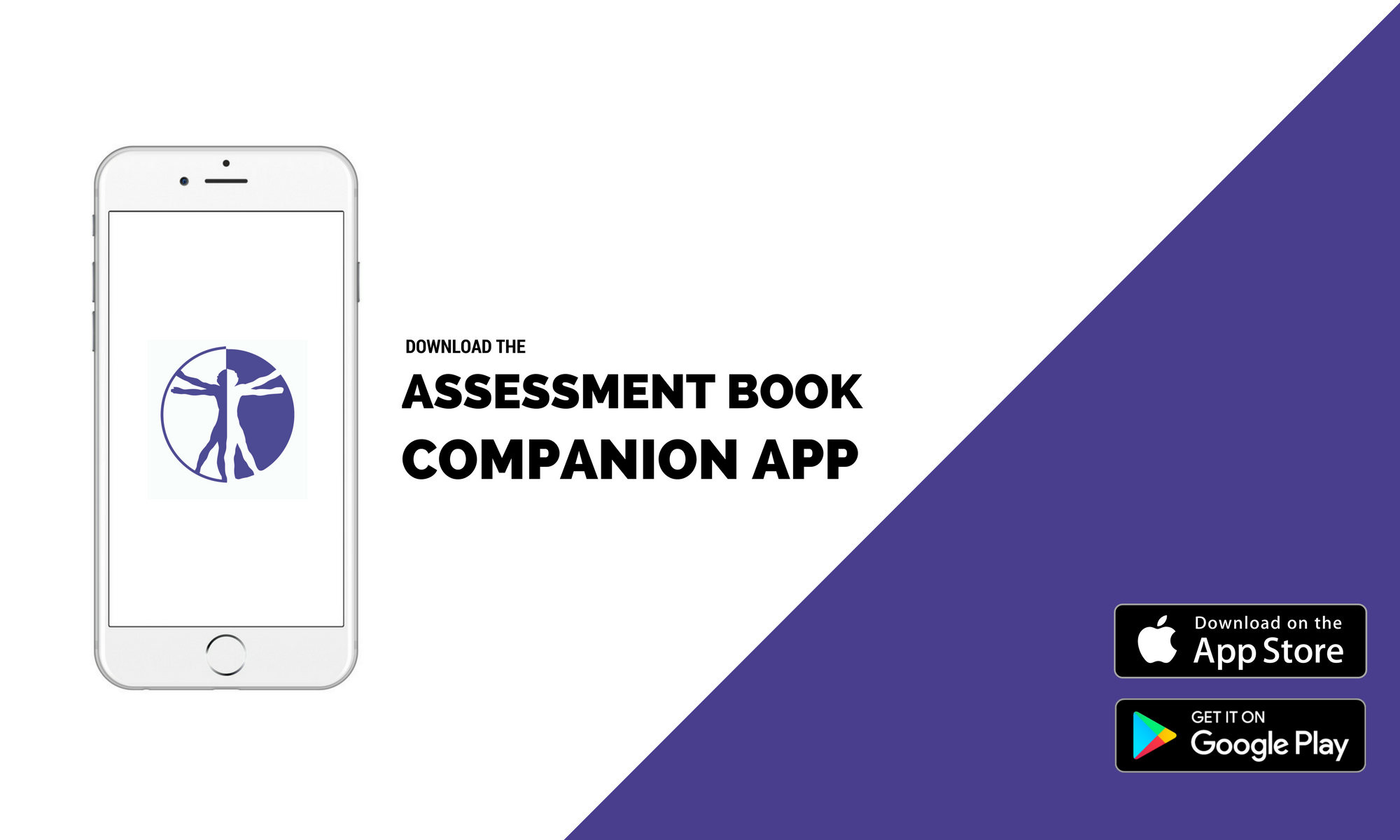Execution:
- Patient is in supine lying position with the knee flexed to 30°. This position can be stabilized by the examiner by placing his knee under the patient’s knee
- The examiner then places his contralateral hand on the distal femur from lateral and his ipsilateral hand on the proximal tibia from medial with both hands close to the joint line.
The tibia should be in a reduced position and rotation is in neutral - The examiner then pushes the tibia backwards and assesses for end-feel and degree of translation
Positive Outcome: Soft or mushy end-feel or increased posterior translation compared with the other side
| Study |
Reliability |
Sn | Sp | LR+ |
LR- |
| Rubinstein et al. (1994) |
NA |
63 | 89 | 5.72 |
0.42 |
| Comment: The Reverse Lachman Test is a useful test to perform in the acutely injured knee if flexion to 90° for the Posterior Drawer Test is too painful | |||||
![]()
